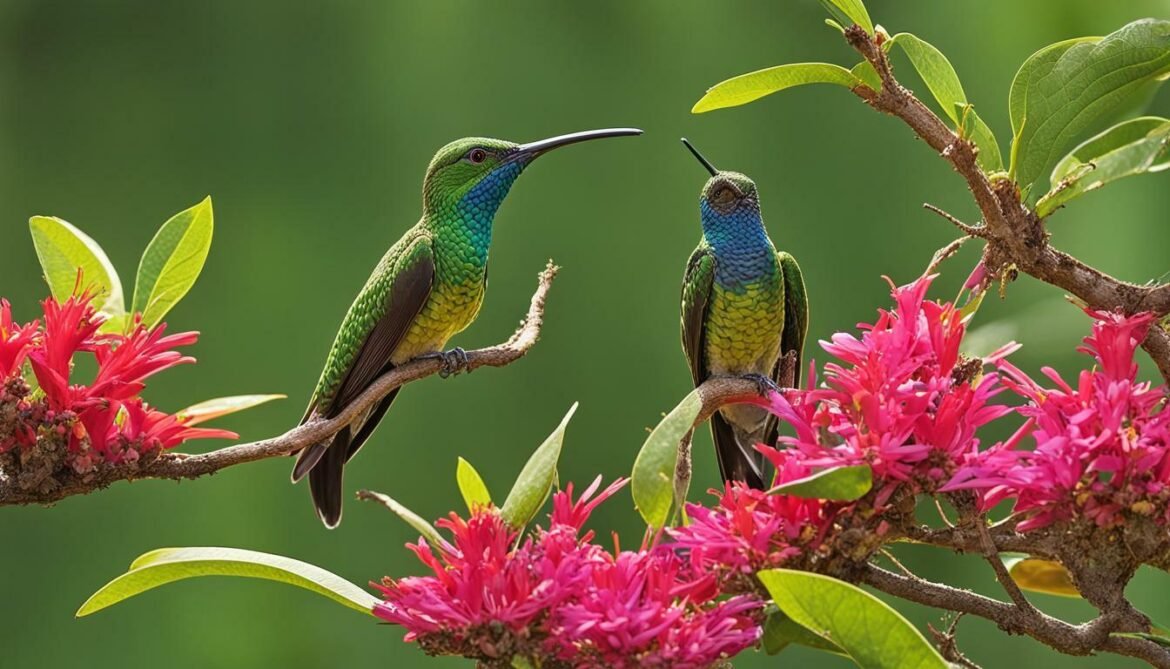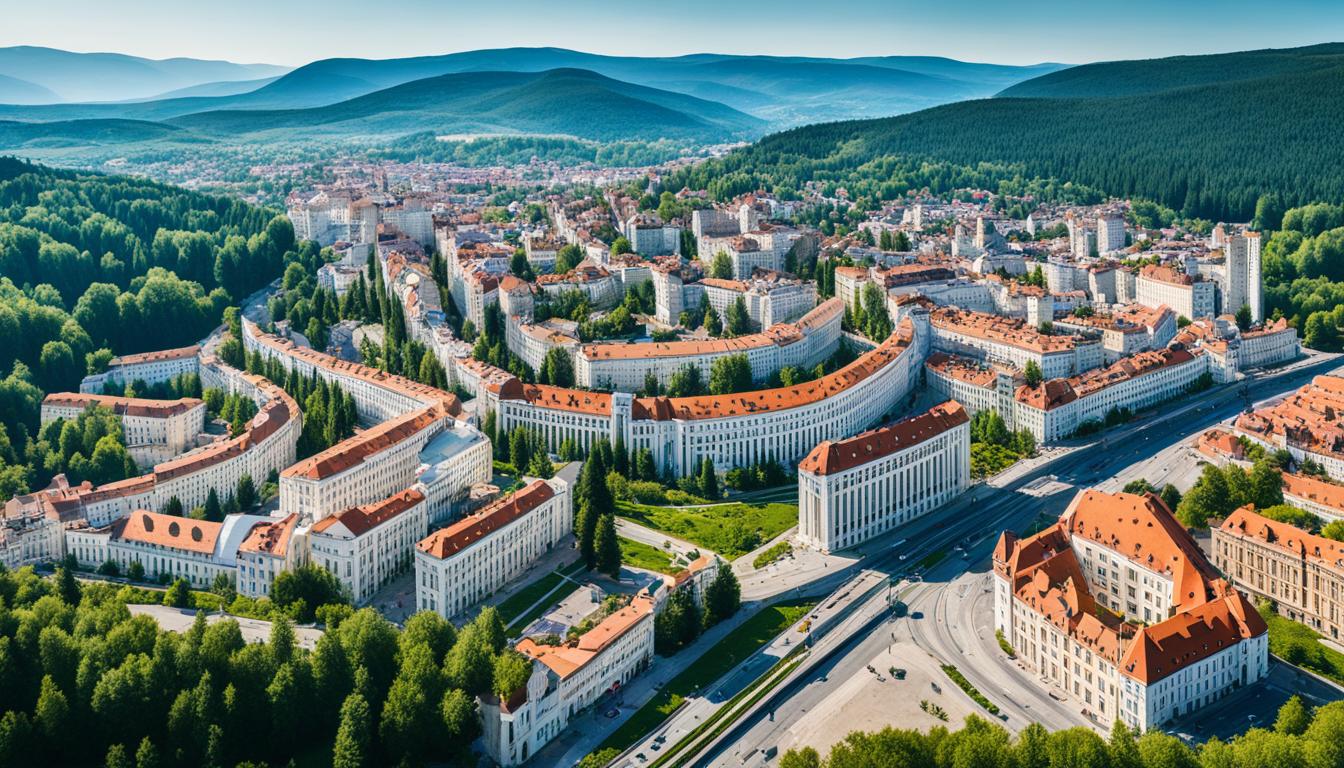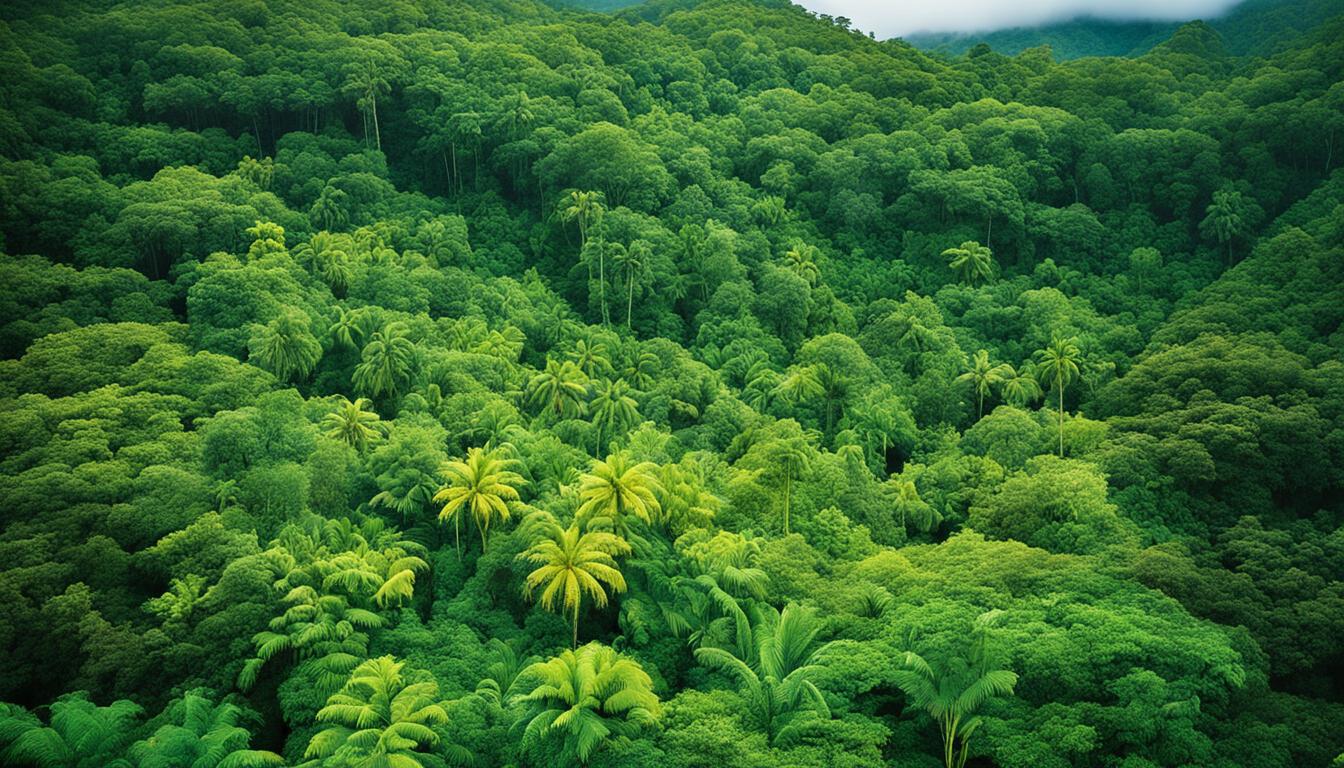Antigua and Barbuda Biodiversity: Animal and Plant Species and What is under Threat
Antigua and Barbuda is a small island nation located in the Caribbean Sea. Despite its size, the region boasts a rich and diverse range of animal and plant species, many of which are found nowhere else in the world. Unfortunately, Antigua and Barbuda’s biodiversity is under threat from a variety of factors, including human activity and climate change. In this section, we will explore the unique flora and fauna of Antigua and Barbuda and the challenges that they face.
Key Takeaways:
- Antigua and Barbuda has a diverse range of animal and plant species.
- Human activity and climate change are threatening the region’s biodiversity.
- Endangered species in Antigua and Barbuda require urgent conservation efforts.
The Rich Flora and Fauna of Antigua and Barbuda
Antigua and Barbuda boast a rich and diverse range of plant and animal life. The ecological diversity in Antigua and Barbuda is astounding, with its varied landscapes providing habitats for unique species.
The islands are home to over 500 species of flowering plants, including the Antigua black pineapple, which is native to the island and known for its sweet taste and health benefits. The Barbuda Warbler, a small migratory bird, is also a notable species found in the region.

Antigua and Barbuda’s marine life is just as diverse, with over 200 species of fish, including the Antigua guppy and the spotted drum fish. The islands are also known for their nesting sea turtles, with Hawksbill and Leatherback turtles commonly found along their shores.
The dry forests of Antigua and Barbuda provide habitats for several unique animal species, such as the Antiguan racer snake, the largest native terrestrial predator in the region. The islands’ mangrove forests are also home to a variety of fish, crustaceans and bird species.
The Importance of Preserving Antigua and Barbuda’s Flora and Fauna
Antigua and Barbuda’s flora and fauna are not only important for their ecological value but also for their contribution to the economy. The islands’ tourism industry heavily relies on the diversity of its natural habitats, with visitors flocking to its beaches, forests and marine parks to experience its unique wildlife.
Conservation efforts are necessary to protect Antigua and Barbuda’s biodiversity and preserve its natural habitats. As such, the government of Antigua and Barbuda has implemented several initiatives to protect its endangered species, such as the Antiguan racer snake, as well as its natural landscapes.
The unique flora and fauna in Antigua and Barbuda make the islands a valuable biodiversity hotspot in the Caribbean. Preserving this ecological diversity in Antigua and Barbuda is not only important for the region but for the world as a whole.
Conservation Efforts in Antigua and Barbuda
Antigua and Barbuda’s unique biodiversity is a significant aspect of the country’s identity and attracts visitors from all over the world. However, the natural habitats and species in the region face numerous threats, including habitat loss, pollution, and overexploitation.
Efforts are being made to protect and preserve Antigua and Barbuda’s wildlife and ecosystems through various conservation initiatives and organizations. The Environmental Awareness Group (EAG) is one such organization, working towards environmental conservation in Antigua and Barbuda. They have been instrumental in establishing protected areas and raising awareness about environmental issues in the region.
Another organization, the Antigua and Barbuda Marine Association (ABMA), focuses on the conservation of marine life and habitats in the country. They promote sustainable fishing practices, monitor and protect coral reefs, and work with government bodies to create marine protected areas.
Additionally, the Antigua and Barbuda Department of Environment and the Antigua and Barbuda National Parks Authority oversee the management and preservation of various protected areas in the country, including parks, reserves, and sanctuaries.
These organizations and initiatives are crucial in ensuring the long-term preservation of Antigua and Barbuda’s natural habitats and species. Through their efforts, we can continue to enjoy the country’s ecological diversity and biodiversity for generations to come.

Endangered Species in Antigua and Barbuda
Antigua and Barbuda are home to numerous plant and animal species, some of which are facing the threat of extinction. The nation’s extraordinary biodiversity makes it a hotspot for conservation efforts. Unfortunately, human activities, such as habitat destruction and climate change, have had a severe impact on many of these species.
One of the most endangered animals in Antigua and Barbuda is the hawksbill sea turtle. This turtle species is prized for its colorful, patterned shells, and it has been hunted for centuries, leading to a significant decline in its population. Hawksbill turtles now face additional threats, such as plastic pollution, habitat destruction, and changes to ocean currents. Despite conservation efforts, their numbers remain critically low, accentuating the need for increased protections.
The Antiguan racer snake is another critically endangered species native to Antigua. The species was once thought to be extinct until a tiny population was discovered on Great Bird Island. The primary threats to the Antiguan racer snake are habitat destruction and invasive species, such as rats and mongoose. Conservation efforts, including habitat restoration and strict measures to control invasive species, are helping to protect this rare snake species.
The Barbuda warbler is a threatened songbird species, and is only found on Barbuda Island. It’s primary habitat, the Barbuda Lowlands, are suffering from deforestation and development, leading to a decline in the warbler’s population. Conservation organizations are working to protect the Barbuda warbler’s habitat and reduce the impact of human activities.

These species are just a few of the many endangered animals and plants in Antigua and Barbuda. It is imperative to increase conservation efforts to protect these species and their habitats. The government, along with organizations and individuals, must work together to minimize the impact of human activity, reduce habitat destruction, and control invasive species. By doing so, Antigua and Barbuda can continue to be a biodiversity hotspot and preserve its natural heritage for future generations.
Conclusion
Antigua and Barbuda’s biodiversity is truly remarkable, with a rich variety of plant and animal life that is found nowhere else in the world. The natural habitats of this region are an essential part of our planet’s ecosystem, providing vital benefits to both nature and humans.
It is crucial that we continue to protect these natural habitats and the amazing animal and plant species that live within them. By supporting conservation efforts in Antigua and Barbuda, we can help to ensure that these natural wonders are preserved for future generations to enjoy.
Remember, our actions today will have a significant impact on the health and sustainability of our planet tomorrow. Let’s work together to protect Antigua and Barbuda’s biodiversity and the natural habitats that they call home.
FAQ
Q: What is Antigua and Barbuda’s biodiversity?
A: Antigua and Barbuda is home to a diverse range of plant and animal species. Its unique ecosystems support a rich variety of flora and fauna.
Q: What are some examples of the plant and animal species found in Antigua and Barbuda?
A: Antigua and Barbuda is known for its stunning array of species, including the Antiguan racer snake, the Barbuda warbler, and the blue mahoe tree.
Q: What threats do some of these species face?
A: Unfortunately, some of Antigua and Barbuda’s species are under threat due to habitat destruction, climate change, and invasive species. Efforts are being made to protect and conserve these vulnerable species.
Q: How diverse is Antigua and Barbuda’s flora and fauna?
A: Antigua and Barbuda boasts a remarkable ecological diversity, with a wide range of habitats that support an abundance of plant and animal life.
Q: What conservation efforts are in place in Antigua and Barbuda?
A: Antigua and Barbuda has implemented various conservation initiatives to preserve its biodiversity. Organizations such as the Environmental Awareness Group and the Department of Environment work tirelessly to protect natural habitats and species.
Q: Why is it important to conserve endangered species in Antigua and Barbuda?
A: Endangered species play a crucial role in maintaining the balance of ecosystems. Conserving these species is essential for preserving biodiversity and ensuring the long-term health of Antigua and Barbuda’s natural environment.








